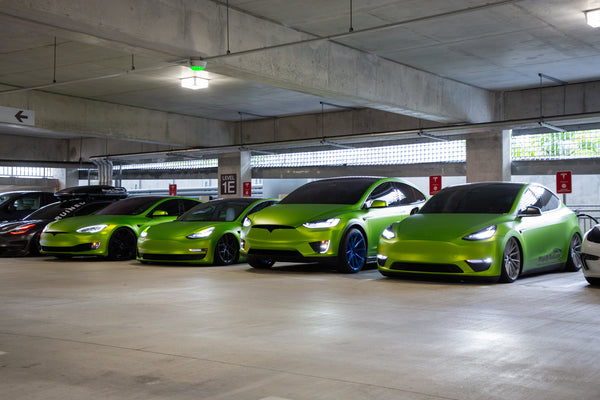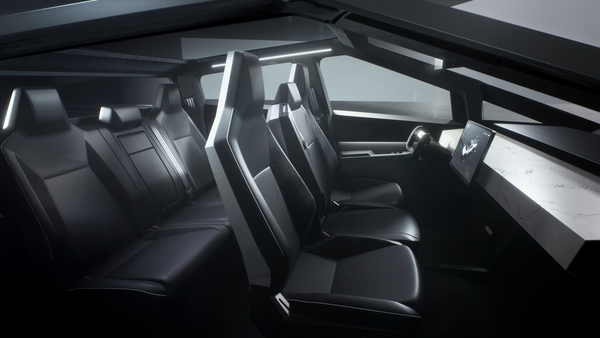Self-driving cars, Tesla vs. Google
An intriguing analysis on self-driving cars in Profit Confidential* states that Tesla Motors (TSLA) is primed for a "face-off" with Google and it could be a winner-take-all kind of fight. This got me thinking... what will it take to declare a winner? I concluded that it might be a mix of better technology, more sex appeal, and plain vanilla familiarity that will ultimately win the day. Let me explain.
Trailblazing technology. Yes, early on, Google may have sparked a self-driving technology trend, but that doesn’t grant the company a natural monopoly on the nascent business of self-driving cars. At this stage, Profit Confidential* states that Tesla has already demonstrated a superior self-driving tech strategy when compared to Google. Last year, Tesla added hardware (sensors, sonar, etc.) to its outgoing fleet of Tesla Model S vehicles. Then, this year, the Model S fleet downloaded a new software update, adding state-of-the-art "Autopilot" self-driving functionality. Tesla demonstrated its own tech chops -- the company just performed a software update and suddenly, first-in-class autonomous driving features were available to thousands of Tesla Model S vehicles on the road today. Want more proof Tesla is taking the lead? Google just poached Tesla's Autopilot expert showing they want to play "catch up" with the fast-moving team at Tesla Motors.
Next, let's get superficial. Which brand has more sex appeal? Check out the exterior design of both the Tesla and Google self-driving vehicles...
Face it, only a handful of customers will deliberately buy a car strictly for its self-driving technology. Everybody else will gravitate to a car that looks sexy and has self-driving functionality. Self-driving features will be icing on the cake, not the cake itself. When it comes to attracting a car buyer, beautiful design always plays an important role. Yes, Google's design is shaped to give its sensors a wide field of view. That may be useful but is it attractive to a car buyer? At the end of the day, people care how their car looks. Tesla Motors CEO Elon Musk gets this -- which is precisely why the Tesla Model S looks so much better than all of the golf cart inspired electric cars that came before it; he knew Tesla had to satisfy car buyers' aesthetic preferences. Now... let's move to the interior. Which one feels modern yet familiar?
Look closely. Google chose to take out the pedals and steering wheel. Yes, it’s a bold move, but not one that is marketable to consumers any time soon. It’s one thing to buy a self-driving car when you'll be sitting in the driver’s seat, ready to take over if necessary. But sitting in the back with nobody behind a steering wheel is likely (at this time) to make folks pretty darn anxious. It just looks (and feels) a bit too unconventional for car buyers today. So the Model S isn't just good looks. Tesla Motors understands a design language must feel familiar in order for mass adoption and acceptance to occur.
Now, you might argue that Google's car is a pre-release prototype, focused on some future vision for autonomous driving. Maybe Google will just license their technology (i.e. Android). Nevertheless, the Tesla Model S today showcases a self-driving car (albeit limited) that will continue to have iterative autonomous driving improvements with its ongoing software updates. All the while Tesla knows how to package autonomous driving in a sexy yet familiar design that will appeal to car buyers -- both inside and out.
The winner is... Tesla Motors.
===
*Source: Profit Confidential; Images: Google / Tesla Motors




